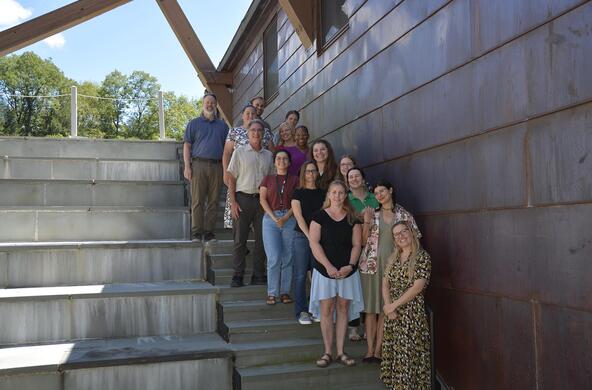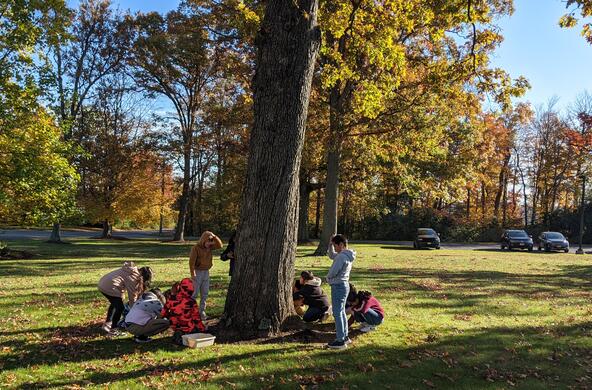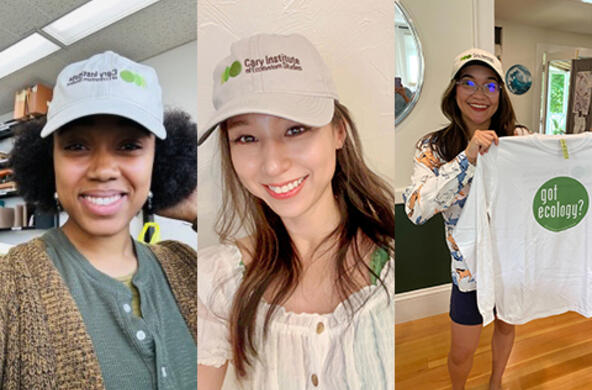How can we "green" our schools to make them more environmentally sustainable? What kinds of choices should we make, and which choices will actually have an impact? How do we know that our choices are making a difference?
These are the questions that frame a unique collaboration between the Rhinebeck school district and educators from the Cary Institute of Ecosystem Studies. Through a grant from the Rhinebeck Science Foundation, we designed and implemented the Eco-Initiative, a three-year program that builds scientific and environmental literacy through all grades by mapping the ecological footprint of elementary, middle and high schools.
Our guiding principle was to think of the school as an ecosystem, which allows students to chart the inputs and outputs of energy and materials in a familiar system. Students know they use energy, water, food and other raw materials every day, and they can see how those are transformed to wastes, such as trash and heat. But the students are less aware of where the food, water and energy come from and where their waste goes, as well as what lives in and around the grounds of their schools.
Through a series of meetings and workshops with Rhinebeck teachers, we identified key topics for each grade level or class and developed age-appropriate investigations that would help everyone understand their impact on the environment. For example, students in fifth grade and in high school biology classes are conducting schoolyard "Eco-Blitzes," where they catalog all the living things they find outside. The younger students excel at finding and identifying the insects, while the older students can work with math teachers to analyze the data.
Because the Eco-Initiative is a multiyear program, we can develop a database of organisms that live in the Rhinebeck schools' lawns, playgrounds and athletic fields, and we can start to ask questions about enhancing biodiversity and supporting ecosystem function. And as students advance through each grade, they can build on knowledge or investigations from previous years.
At the end of each year, we publish an Environmental Scorecard, which will include all the collected student data and work. See last year's scorecard by going to www.rhinebeckcsd.org. As classes and teachers begin to make changes to their daily habits at school, we hope to see a response in our data. We are looking forward to seeing the benefits of a composting program to reduce waste output, and the impact of weekly "Power Down" days started by the Environmental Clubs to reduce energy usage.
An easier path might have been to ask for the energy and water bills and call it a day, or to plant a few trees and declare our "greening" mission complete. But we wanted the students, teachers, and administrators to take ownership of the process, to figure out what their impact is, and decide what kind of sustainability initiatives made sense.
By modeling an iterative process, we are showing students how science can inform their actions and lead to lasting change. We are also helping them think through some of the really difficult questions that relate to any greening initiative, such as whether it really is more "green" to purchase compostable lunch trays made from corn if we're unable to compost them on site, or whether we should install energy-efficient lightbulbs when most of the energy in the school is being used for heating and cooling.
Engaging in this process is complex, but we believe such engagement develops a citizenry that is thoughtfully dedicated to understanding their local environment. We are thrilled that we have been able to undertake this long-term project with the Rhinebeck school district and look forward to expanding this effort to other districts.






